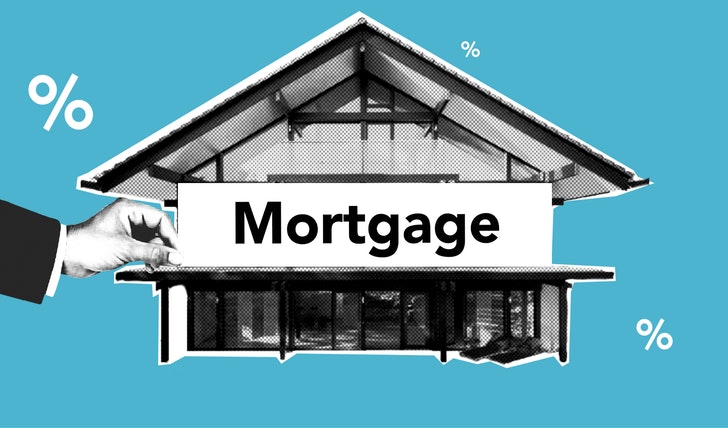It is soothing to hear that the divorce rate has declined over the past 20 years. In contrast, gray divorce is getting popular among people. And it is doubled among people of the age of 50 and above. Couples from a long-term marriage face additional life challenges that younger ones mostly don’t.
It is commonly found in the generation of baby boomers. The risk and stakes are higher. This happened when baby boomers started to think that they didn’t have enough financial cushion to independently spend the rest of their lives. This may lead to conflicts and complications in the relationship. However, the situation has been amplified in recent months. As the US inflation rate has drastically jumped to 7.5%. It’s the highest inflation rate in US history after 1982. Furthermore, a single solution that is always neglected is leveraging their equity with a reverse mortgage loan.

Briefly understanding how people can strategically and effectively use their wealth is essential. Dividing marital assets can broaden the longevity of both parties’ finances. This will help them to part their ways graciously. Nonetheless, homeowners at the age of 62 or above or those with a great value of houses might be having several reverse mortgage options as well. Of course, which is to ease the financial challenges of gray divorce.
Some of the prominent methods in the situation are:
-
Reverse Mortgage For Purchase
Liberal borrowers can purchase their next primary residence with a home equity conversion mortgage for a purchase loan. With a one-time down payment, which is almost 50% of the primary amount. They provided that they pay property taxes and homeowner’s insurance and maintain the property.

However, the down payments can be raised by proceeding with the marital, financial assets, or savings once the purchase of the residency is accomplished. They can make payments or delay until the last remaining borrower permanently leaves home. Nevertheless, there is no mortgage payment responsibility to make this option a great way to keep the cash flow for later. And to move into a house to reconcile the long-term needs.
Instead of liquidating the financial assets and utilizing them or all proceeds from the sale of a previous house to buy their next home. Those buyers who use the HECM program can put down roughly half of their purchase prices. At the same time, keeping more assets liquid and establish their retirement portfolio.
-
Dividing House Equity
A spouse wants to stay in the same home. Then they can borrow with the reverse mortgage tax-free instead of stepping into the other retirement accounts. Thereby preserving the financial assets, increasing the future growth rate, and seeking a comfortable retirement process. However, this can happen with flexible repayment options available in the market.

-
Establishing Buffered Assets
The remaining spouse can make a reverse mortgage line of credit as a guaranteed buffer asset. Or a source of a tax-free financial asset outside the investment portfolio. However, it increases each year, giving a boost in borrowing power.
Furthermore, it’s confederately insured and can never be dangled, frozen, or reduced. Regarding the situation that happened to the money market or home values. As long as the terms and conditions of the loans are met.
-
A Lump-Sum Expenditure
The lump-sum disbursement can lead to buyout circumstances. The assets in the marital house are divided while one spouse remains in that home. In contrast, instead of using a traditional cash-out refinance to draw out equity. Nevertheless, the remaining spouse can leverage 50% of the house’s value to buy out ownership interest. However, one of the key benefits is that there is no burden of paying cash for the monthly mortgage.




